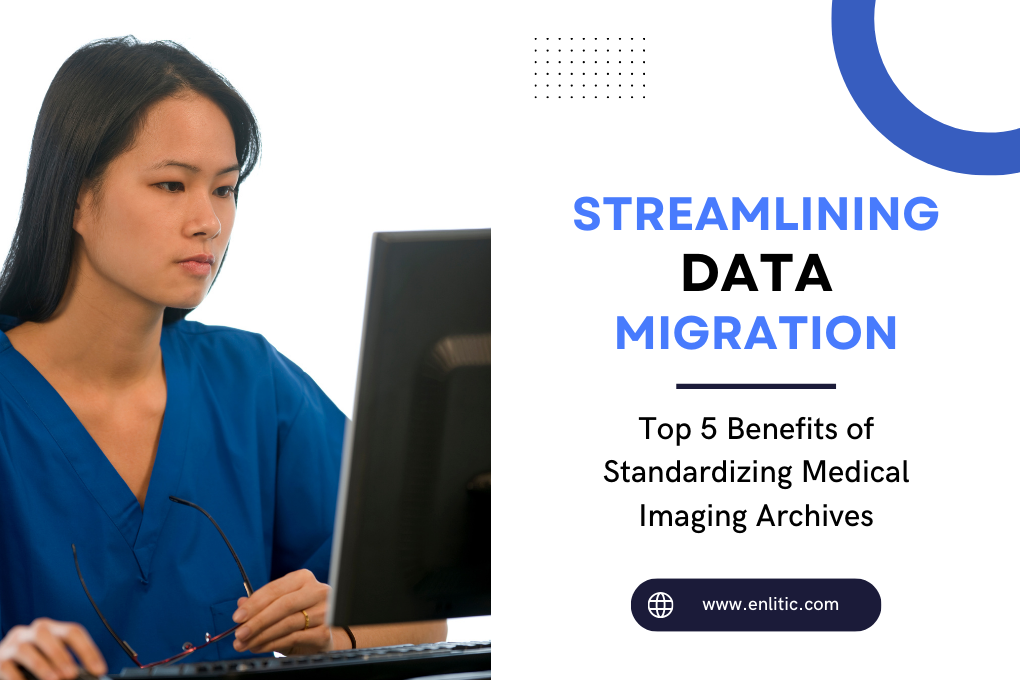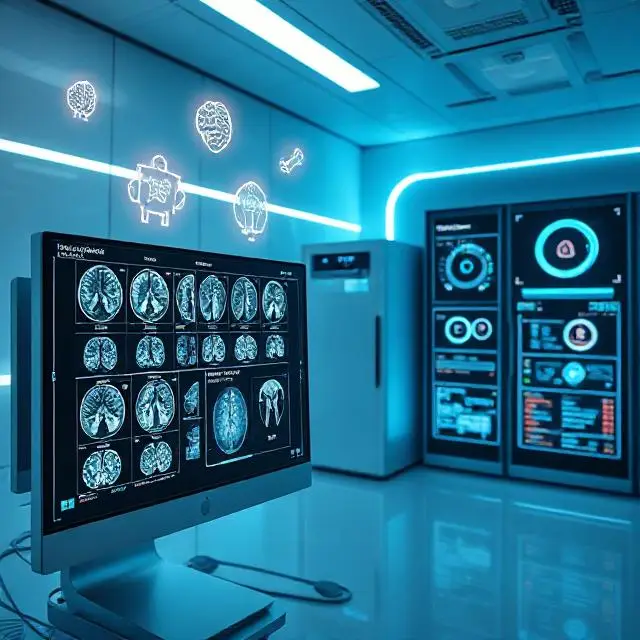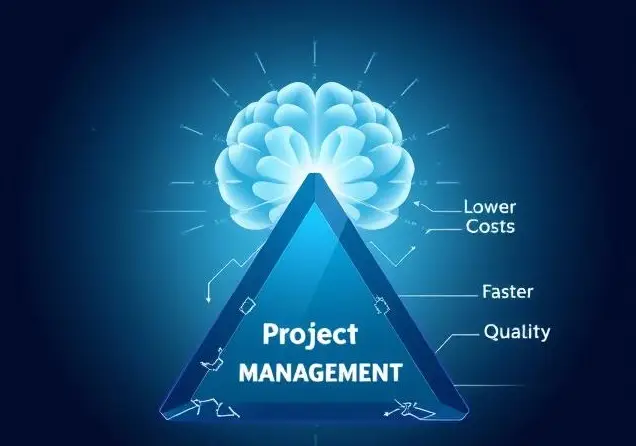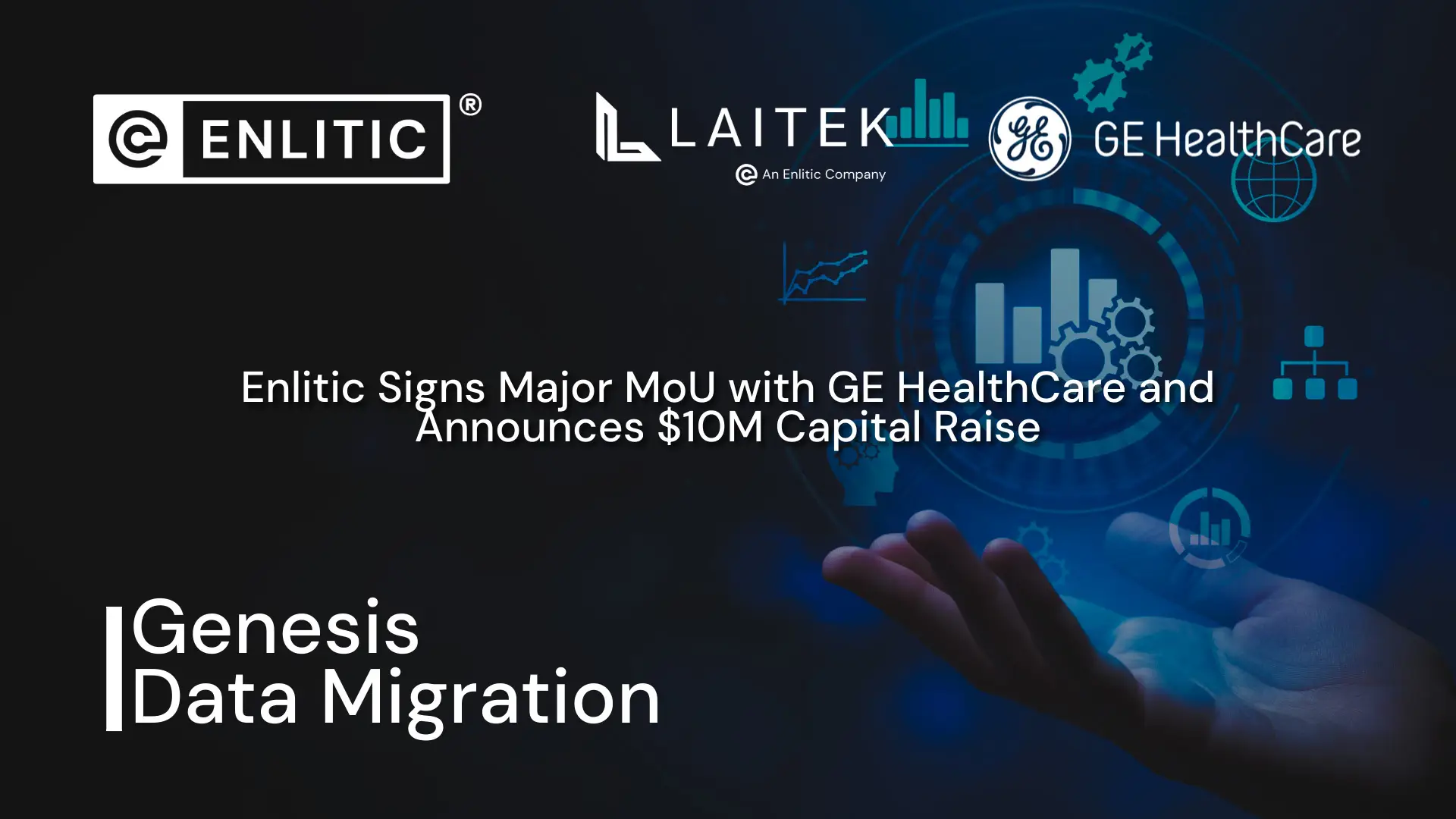Efficient data management is crucial in healthcare for delivering quality patient care and achieving organizational goals. However, as medical technologies advance and patient data increases, healthcare organizations often face the daunting task of data migration when transitioning to a new Picture Archiving and Communication System (PACS). Fortunately, there’s a powerful solution that can make this process significantly smoother: standardizing healthcare archives with Enlitic.
Standardization is essential for ensuring a seamless transfer of data during PACS transitions. This reduces the risk of errors and ensures data integrity throughout the migration journey. By adopting standardized formats and protocols, organizations can navigate the complexities of data migration more efficiently, minimizing disruptions to workflow and maintaining continuity of care.
Streamlined Migration Process:
Standardizing data prior to migration simplifies the entire process by ensuring consistency and compatibility across the board. With standardized data formats and structures in place, healthcare organizations can leverage automated migration tools and processes to seamlessly transfer data from the old PACS to the new system. This streamlines the migration process, reduces manual intervention, and minimizes the risk of errors or discrepancies during data transfer.
Improved Data Integrity:
Standardization enhances data integrity by establishing clear guidelines for data organization, storage, and transmission. By adhering to standardized formats and protocols, healthcare organizations can mitigate the risk of data corruption or loss during migration. This ensures that critical patient information remains accurate, reliable, and accessible throughout the transition period, safeguarding patient care and clinical decision-making.
Enhanced Interoperability:
Standardized data promotes interoperability, enabling seamless communication and data exchange between different systems and platforms. When healthcare archives are standardized, it becomes easier to integrate data from a variety of sources and collaborate with external partners. This facilitates information sharing, fosters collaboration, and supports data-driven decision-making across the healthcare enterprise.
Accelerated Adoption of New Technologies:
By standardizing their data archives, healthcare organizations pave the way for the rapid adoption of new technologies and innovations. Standardized data formats and structures make it easier to integrate emerging technologies, such as artificial intelligence (AI) and machine learning, into clinical workflows and decision support systems. This enables healthcare organizations to leverage advanced analytics to improve patient outcomes, optimize resource utilization, and drive innovation in healthcare delivery.
Cost Savings and Operational Efficiency:
Standardization reduces the complexity and costs associated with data migration, resulting in significant savings for healthcare organizations. By streamlining the migration process and minimizing the need for manual intervention, standardized data enables healthcare organizations to allocate resources more efficiently and focus on delivering high value services to patients. Additionally, standardized data promotes operational efficiency by reducing data silos, improving data accessibility, and facilitating data-driven decision-making at all levels of the organization.
Standardizing imaging archives before embarking on a data migration journey offers numerous benefits for healthcare organizations seeking to transition to a new PACS or adopt new technologies. From streamlining the migration process and enhancing data integrity to promoting interoperability and driving operational efficiency, standardization lays the foundation for a successful and sustainable data management strategy in the ever-evolving landscape of healthcare. By embracing standardization, healthcare organizations can unlock the full potential of their data assets and pave the way for transformative advancements in patient care and healthcare delivery.








